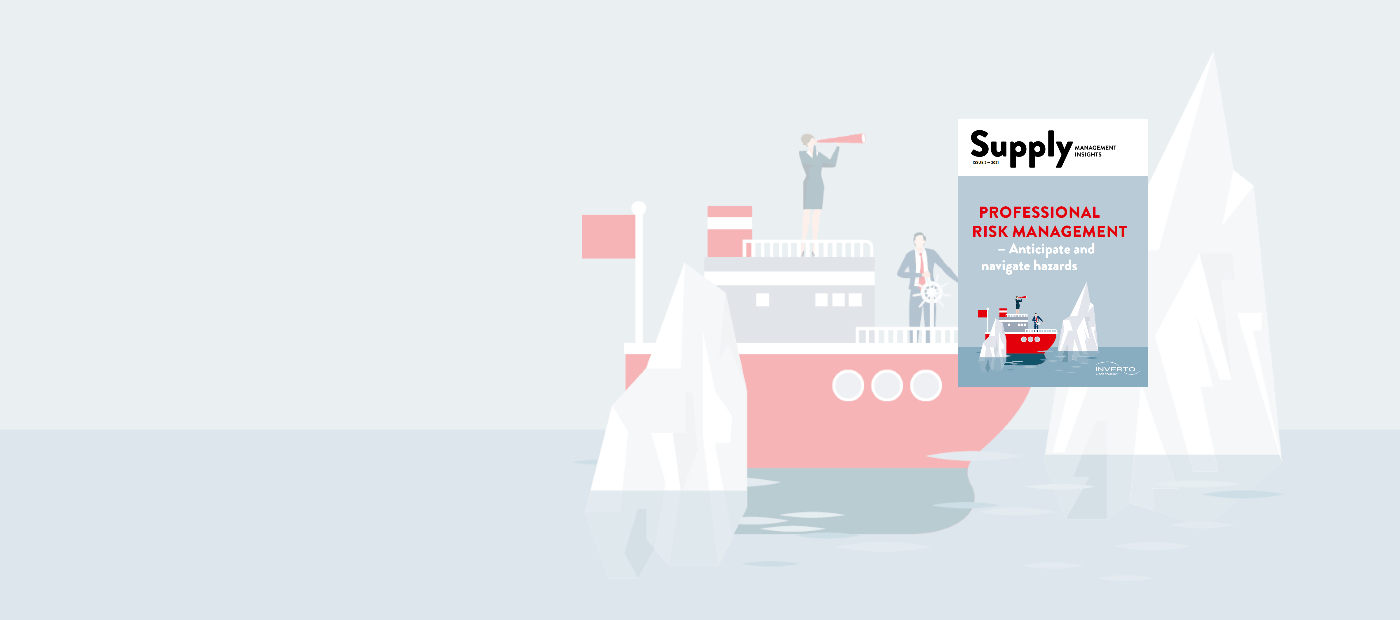On the other hand, the law may also mean that companies are strangled by red tape and forced to pay expensive penalties, suddenly at a clear competitive disadvantage compared with foreign competitors. The idea is both right and necessary: after all, its intention is to ensure that human rights are respected and to apply appropriate pressure on international suppliers as well. What is often not clear, however, is exactly how companies are supposed to go about this. After all, supply chains are widely ramified, and in the long term, companies should also influence downstream suppliers.
Identifying Actions Early
In most cases, companies must ensure that they implement the relevant specifications within their individual business areas as well as asking the same of their direct suppliers. This means that companies should get involved with indirect suppliers if they become aware that one of these suppliers is not complying with human rights. Creating and maintaining an overview of every direct and indirect supplier will be quite a challenge for companies and many will have to completely rejig their internal processes. But the good news is that it can be done – provided that companies get to work immediately.
Smaller suppliers should also be aware that larger ones will be passing the pressure onto them. If an automotive OEM, for example, has to audit its supply chain for human rights standards and other sustainability criteria, it will make sure that any smaller companies that it works with are also observing those specifications. Therefore, even though laws in some countries are linked to company size, ideally all companies should be prepared to meet new sustainability and human rights requirements.
Using Effective Risk Management as a Starting Point
Companies should start by taking a look at their existing risk management systems. In some cases, this will involve taking a self-critical stance and deciding whether a structured risk management system is actually in place, or whether the company has simply reacted to previous crises. Major corporations tend to be well organized already, but they should still audit their existing system to identify any areas where expansion might be required.
Bringing Suppliers on Board
The next step is for companies to inform their suppliers about the new requirements and then request the necessary data. It might, in many cases, mean that they need to extend their contracts or even to renegotiate them from scratch. Additional audits are therefore unavoidable for companies who have to come up with specific questions to check how far their suppliers are meeting these requirements. Fundamentally, this involves adding qualitative factors to existing audits. Procurement can then classify suppliers into a range of categories: who is
CONCLUSION: Every Cloud has a Silver Lining
All of these measures involve increased time and effort, of course, so companies should start by focusing on their direct suppliers. When they audit these suppliers, they should also ask them about the situation with their suppliers. If this does not produce any information about potential violations of human rights or flouting of environmental standards, then at the moment companies will not need to do any further investigation. Smaller companies in particular also have the option of working together – for example, sharing information about supplier risks – to share the load. Risk management software can also help to shed light on the darker areas.
About the Author:
Dr. Gökhan Yüzgülec:
Dr. Gökhan Yüzgülec is a Managing Director at INVERTO in Hamburg. With a doctorate in mechanical engineering, he is an expert in supply chain risk management, and deals with the optimization and design of order-to-delivery processes.
Get in contact with our expert


